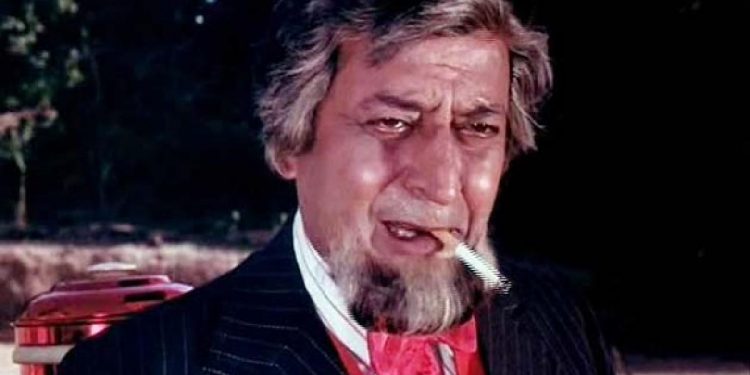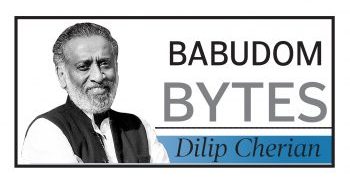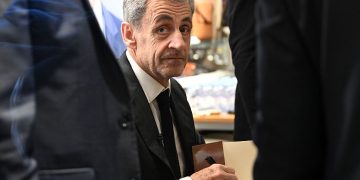An actor who is remembered for playing the villain in numerous movies, Pran also excelled as a character actor. Orissa POST remembers the consummate actor as we approach his birth centenary
Having watched the formula films that were churned out in the 1970s and 1980s, many Hindi cinegoers are still trapped in formulaic thinking when it comes to assessing the calibre of an actor. And if an actor somehow gets typecast, he is reduced to a caricature in the eyes of both critics and audience.
This is the sad story of many an actor in the last 100 years of Indian cinema. Very few of them have managed to successfully reinvent themselves. One of the biggest success stories of such a turnaround in recent times has been that of Paresh Rawal, who went from being a recognised villain in films to an inimitable comedy and character actor.
Reinvention, thus, is perhaps the only weapon in an actor’s arsenal to survive the brutal competition in the industry. One of the most prominent examples of an actor who reinvented himself is Pran. As we enter the birth centenary year of the legendary actor on February 13, let’s explore Pran as a character artiste.
Legend has it that during the 1960s parents were scared to name their son Pran for the sheer negative impact the actor had created. But that was just one aspect of his acting prowess. The actor reinvented himself by choice at the peak of his career, unlike many who are compelled to do so for survival. From always playing a villain, Pran smoothly transitioned into a character actor and excelled in every role he played to the end.
Pran Kishan Sikand made his debut in films as the lead opposite Noor Jehan in the Punjabi film Yamla Jat in 1940. That was the pre-independence era and Pran was based in Lahore. His struggles continued as an actor after he decided to move to Mumbai (then Bombay).
It was the Dev Anand-starrer Ziddi in 1948, which became Pran’s launch pad in the Hindi film industry and its success cemented his name as the unanimous choice for villain. The golden period of the Hindi film industry had just started taking shape at that time. Actors Dilip Kumar, Ashok Kumar, Raj Kapoor, Guru Dutt, Dev Anand, Raaj Kumar, Suraiya, Nutan, Meena Kumari, Nargis Dutt, Nimmi, Madhubala, and Waheeda Rehman were either at their peak or had just found a foothold in the industry.
Of course, the likes of Rehman, KN Singh and Sajjan were popular villains but Pran ruled the roost. His menacing looks, stunning swagger, unique style of puffing cigarettes and controlled mannerisms were in a class of their own. Over the next two decades, Pran appeared in more than 150 films. By the mid-1960s, a new generation of actors like Sunil Dutt, Rajendra Kumar, Dharmendra, Manoj Kumar and Rajesh Khanna had come on the scene. But there was no one who could dethrone the big, bad Pran.
There was no reason Pran should have worried about his career. Then, in 1965, came Manoj Kumar’s Shaheed. Pran in a cameo was seen in a positive role for the first time. The role went largely unnoticed and the actor went back to doing what he was best at.
Two years later, Manoj Kumar made his directorial debut with Upkaar and cast Pran in a never-seen-before role. The physically-challenged war veteran Malang Chacha, who worked as the conscience of millions, added a new dimension to the actor’s career. That year, Pran once again won a nomination for Best Supporting Actor for Dil Diya Dard Liya, for playing a baddie. But that was probably the last of the films where Pran played a villain.
After 1967, Pran would rarely be seen in negative roles. Yet, he enjoyed the same demand as before, only that filmmakers would now chase him for meatier positive roles. If we take statistics into account, Pran who did more than 350 films played a villain in about 110 films over a span of 20 years.
Over the next 30 years, Pran would mostly be seen in supporting roles, delivering power-packed performances, be it as Moti (Johny Mera Naam, 1970) Sher Khan (Zanjeer, 1973), Michael (Majboor, 1974), Kishenlal (Amar Akbar Anthony, 1977), JJ (Don, 1978) Kabira (Karz, 1981) or Jailer Raghvir Singh (Kaalia, 1981).
The stylish actor also formed a formidable duo with Ashok Kumar (another great who from a hero went on to become one of the most celebrated character actors) in the 1970s and early 1980s, and they did as many as 20 films together.
It is said that Pran preferred playing villainous roles because of his inherent dislike for song-and-dance sequences. Ironically, the moment he started playing character roles, filmmakers started picturising songs on him, the very first being Kasme wade pyaar wafa in Upkar, now considered a classic. The second famous song picturised on Pran is Yaar hain imaan mera from Zanjeer. And there were many more — Do bechaare, bina sahaare (Victoria No: 203, 1972), Michael daaru peeke danga karta hai (Majboor 1974) and, of course, Hum bolega toh bologe ke bolta hai (Kasauti, 1974).
One of the lesser known facts is that the sad version of the song Jeevan ke din chote sahi (Bade Di Wala, 1983), picturised on Pran, also happens to be Udit Narayan’s debut Hindi playback song. Pran was always devoid of inhibitions. He commanded tremendous respect for his humility. He was open not only to experiment, but also to working with newcomers, be it Amitabh Bachchan in Zanjeer, Rishi Kapoor in Bobby (1973) or Udit Narayan in Bade Dil Wala.
It is the human side of Pran that lifts his stature further by a few notches. He had friends from all age groups. From Ashok Kumar, Saadat Hassan Manto and Manoj Kumar to Shammi Kapoor, Shashi Kapoor, Kishore Kumar and Amitabh Bachchan, everyone loved and respected Pran. That was Pran to the film fraternity — a screen villain but a real-life hero.
RITUJAAY GHOSH, OP





































